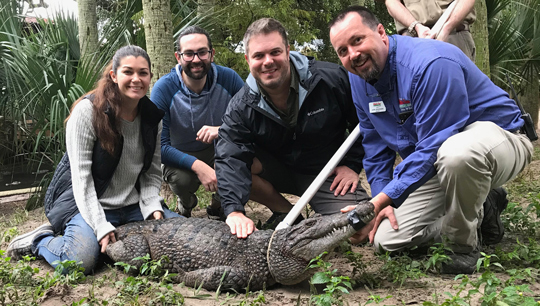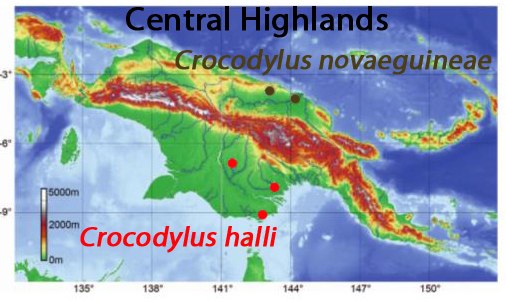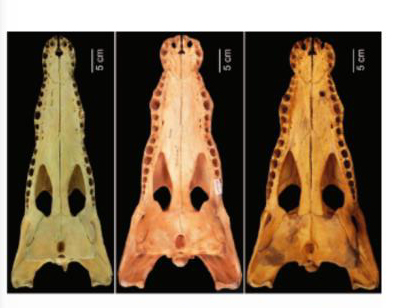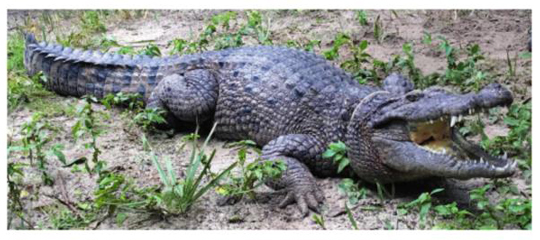Crocodylus halli – A New Species of Crocodile is Announced
The crocodile family has undergone yet another revision. It seems that the Crocodylidae are a more specious family than previously thought. The New Guinea Crocodile (Crocodylus novaeguineae), is actually two species and not one and the second species has been named Crocodylus halli after Philip Hall, a University of Florida researcher who sadly, passed away before his work on these three-metre-long reptiles could be completed.
A New Crocodile Species has been Discovered – Hall’s Crocodile (Crocodylus halli)

Picture credit: Southeastern Louisiana University
Crocodile Nesting Behaviour Hinted at Different Species
The late scientist Philip Hall, noticed subtle differences in osteoderm patterns on the backs of crocodiles and in the nesting behaviours of crocodile populations in the north and the south of the island of New Guinea. He speculated that there could be two species living on New Guinea, but unfortunately, he died before his research could be completed. Southeastern Louisiana University Assistant Professor of Biology Christopher Murray and his co-author Caleb McMahan (Field Museum, Chicago), were inspired to continue this research and they have published their findings in the academic journal “Copeia”, the journal of the American Society of Ichthyologists and Herpetologists.
A chain of high hills and mountains known as the Central Highlands divides the island of New Guinea. It is thought this geological feature was formed in the last 8 million years or so. Geographically isolated crocodile populations, each living on different drainage basins that came about as a result of the uplift, have been identified as different species.
The Island of New Guinea

Picture credit: Copeia/Murray and McMahan with additional annotation by Everything Dinosaur
The illustration of the island of New Guinea (above), shows the location of the Central Highlands and the red dots south of the mountain chain denote sampling areas for C. halli in the study, whilst the brown dots north of the chain indicate sampling sites for C. novaeguineae.
Careful analysis of museum specimens along with a study of the crocodiles kept in captivity at the St Augustine Alligator Zoological Park (Florida), confirmed the hypothesis. Subtle differences in the shape of bones and the observed behaviour differences indicates the presence of two distinct species on the island. This has been confirmed by molecular analysis.
Difference in the Shape of the Skull and Jaws

Picture credit: Copeia/Murray and McMahan
The Importance of Museum Specimens
The researchers comment that this new insight into the Crocodylidae would not have been possible without access to the collections from numerous museums. The museums involved in this research included The Field Museum (Chicago), the Smithsonian National Museum of Natural History, the Museum of Comparative Zoology at Harvard University, the American Museum of Natural History (New York), Queensland Museum, Louisiana State University Museum of Natural Science and the Florida Museum of Natural History.
The careful curation and collection of a large number of specimens permitted the scientists to build up a substantial database on crocodilian skull morphology that allowed them to tease out the subtle differences between the two species.
Crocodylus halli – Hall’s Crocodile
Picture credit: Copeia/Murray and McMahan
Implications for Crocodile Conservation
Identifying a separate species has important implications for the conservation of both populations of crocodile.
Commenting on the significance of this discovery, Caleb McMahan stated:
“Now that we know the evolutionary history of these species, we need to re-inform the conservation status of them given that the distribution has changed and conservation threats are different in different areas.”







Leave A Comment